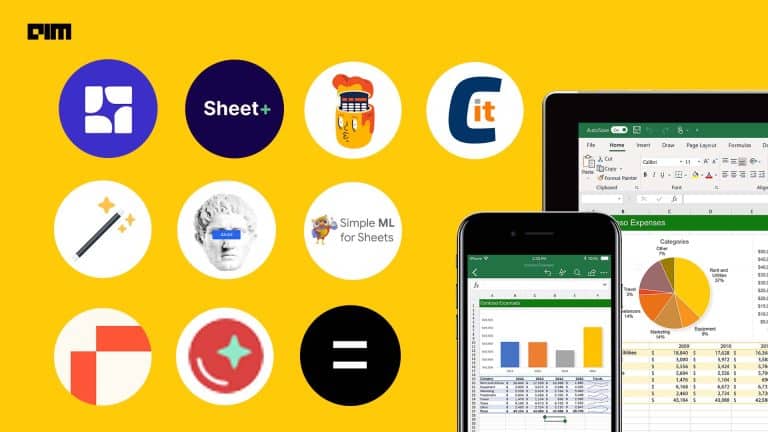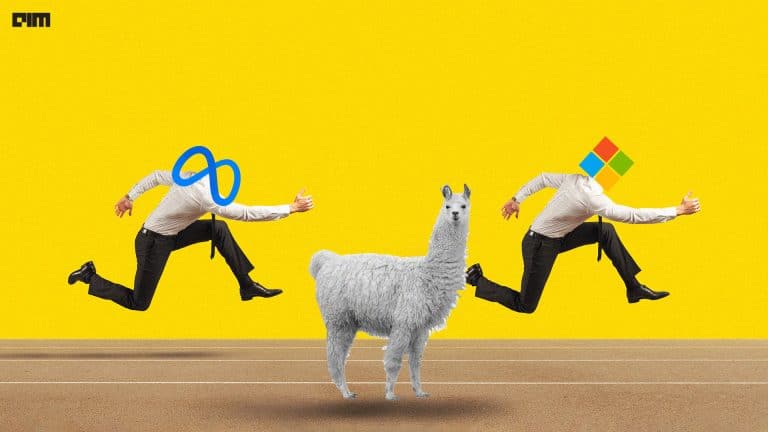|
Listen to this story
|
In 2023, Meta AI demonstrated a powerful combination of innovative research, open-source development, and practical applications of AI. Its prominence in artificial intelligence and computer vision is marked by its prolific research output and expansive open-source contributions.
The Fundamental AI Research (FAIR) team, celebrating its 10-year anniversary, has been integral to this success. With over 900 GitHub repositories, Meta AI demonstrates a commitment to the open-source community.
Notably, the team published 12 influential research papers this year, covering a broad spectrum of AI domains. These publications, along with their open-source models like Llama, Seamless Communication, and AudioCraft, underscore Meta’s significant role in driving AI innovation, fostering collaboration, and shaping the future of AI technology.
Here is the list of the top 8 papers by Meta.
Llama 2: Open Foundation and Fine-Tuned Chat Models
This paper introduces LLaMA 2, an improved version of its predecessor, featuring a larger pre-training corpus, extended context length, and grouped-query attention. It includes models optimised for dialogue, ranging from 7 to 70 billion parameters. These models have shown excellent performance in helpfulness and safety benchmarks.
LLaMA 2 represents a significant leap in language model technology. With a 40% larger pretraining corpus and a doubled context length compared to its predecessor, it provides a more nuanced understanding of language. The introduction of a grouped-query attention mechanism is a technical innovation that enhances the model’s efficiency and accuracy.
The range of models, spanning from 7 to 70 billion parameters, allows for scalability and customization, particularly for dialogue applications. The impact of LLaMA 2 is profound in the realm of AI-based dialogue systems, offering improvements in both the helpfulness and safety of responses, which are crucial for real-world applications.
Segment Anything by Meta AI
This research presented a task, model, and dataset for image segmentation. The Segment Anything Model (SAM) uses an image encoder, a prompt encoder, and a mask decoder, and has created the most extensive segmentation dataset to date, with over 1 billion masks for 11 million images.
This paper introduces a breakthrough in image segmentation. Its unique architecture, consisting of an image encoder, a prompt encoder, and a mask decoder, enables efficient and accurate segmentation tasks.
This dataset provides a rich resource for training and refining image segmentation models. SAM’s impact is broad, as it lays the foundation for various computer vision applications, from autonomous vehicles to medical image analysis, where accurate image segmentation is crucial.
Egocentric Video Task Translation
This paper proposes EgoTask Translation (EgoT2), a unified approach for wearable cameras that improves performance on multiple video tasks simultaneously using task-specific models and a shared task translator.
This unified approach not only improves the performance of individual tasks but also allows for more integrated and comprehensive video analysis. The application of EgoT2 is particularly relevant in areas like augmented reality and personal video documentation, where understanding and interpreting video content in real-time is essential.
Learning Video Representations from Large Language Models
This paper introduces LaViLa, a method for learning video-language representations using LLMs. It focuses on creating automatic video narrators by repurposing pre-trained LLMs to incorporate visual input and fine-tuning them.
These narrators offer improved synchronization of visual information and text, enhanced text diversity, and comprehensive coverage of lengthy videos. LaViLa’s impact is evident in its superior performance in video-text embedding tasks, making it a valuable tool for applications in multimedia content analysis and automatic video captioning.
PACO: Parts and Attributes of Common Objects
The paper is a dataset that focuses on object models, providing detailed descriptions, part masks, and attributes for various objects in both image and video datasets. It aims to facilitate research on joint detection of objects, parts, and attributes.
It introduces a dataset focusing on detailed object models, including part masks and attributes. Covering 75 object categories, 456 object part categories, and 55 attributes, PACO provides a comprehensive resource for object recognition and analysis. This dataset is significant for research in object, part, and attribute detection, presenting new challenges and opportunities for advancing computer vision technologies.
Galactic: Scaling End-to-End Reinforcement Learning for Rearrangement at 100k Steps-per-Second
This paper presents Galactic, a framework for simulating and applying reinforcement learning to robotic mobile manipulation in indoor settings. It features significant speed enhancements and enables large-scale experiments.
Galactic presents a comprehensive framework for simulating and applying reinforcement learning in robotic mobile manipulation. Its remarkable simulation speed and efficiency in learning and inference processes enable large-scale experiments and rapid skill acquisition in robotics. Galactic’s contribution is particularly impactful in the field of robotics, where it accelerates training time and enhances the feasibility of complex manipulation tasks.
GeneCIS: A Benchmark for General Conditional Image Similarity
This research introduces the GeneCIS benchmark for evaluating models’ ability to adapt to various similarity conditions in a zero-shot setting. It proposes a solution that involves mining information from image-caption datasets to improve performance.
The GeneCIS benchmark is crucial for advancing image retrieval technologies, particularly in the context of diverse and open-set similarity conditions.
HierVL: Learning Hierarchical Video-Language Embeddings
This paper addresses the limitations of existing video-language embeddings by introducing a hierarchical contrastive training objective. This approach allows for the alignment of text and visual elements at both clip and video levels, capturing immediate actions and broader context.
The impact of HierVL is notable in long-term video modeling tasks and its successful transferability to various challenging downstream tasks, enhancing the capabilities of AI systems in understanding and interpreting video content.



















































































